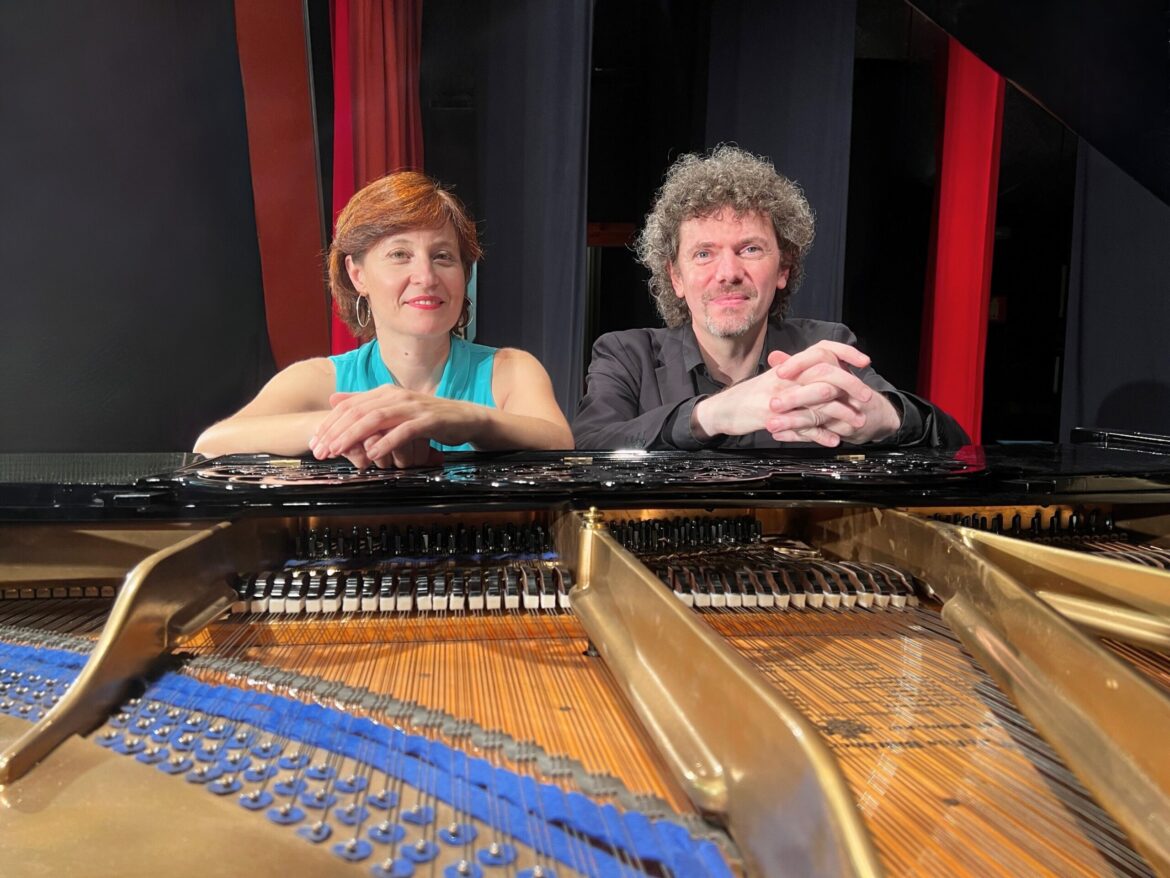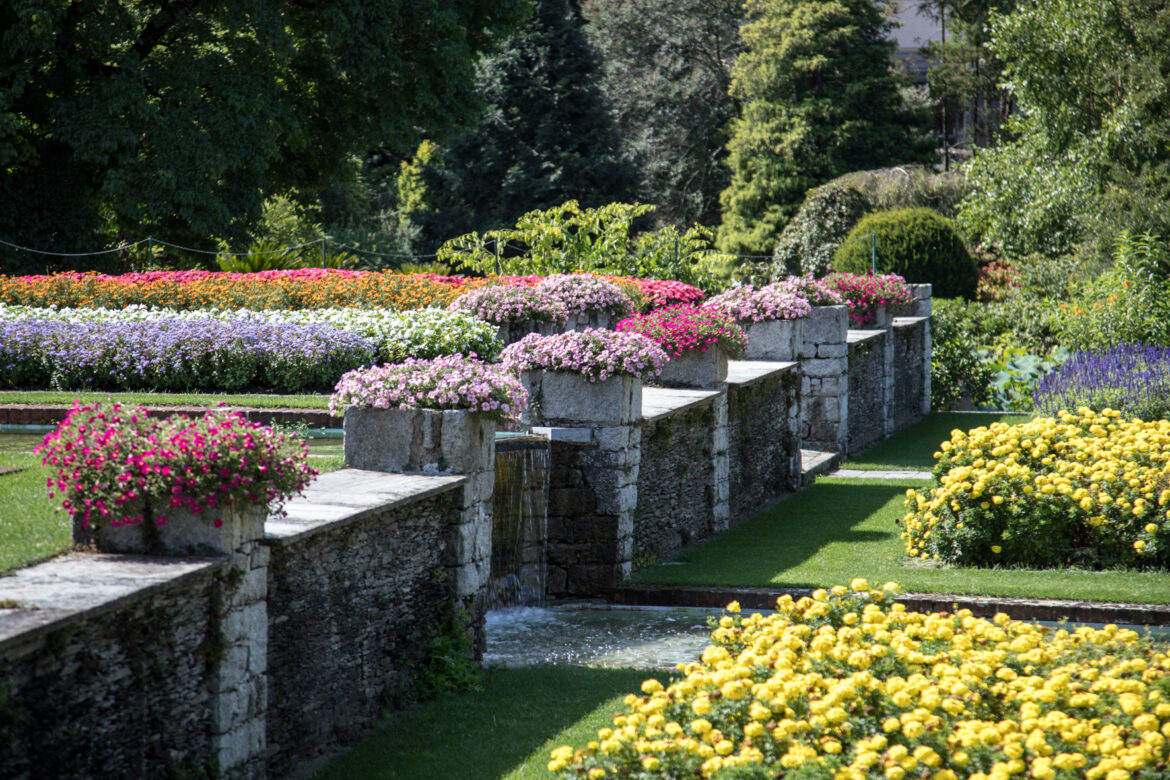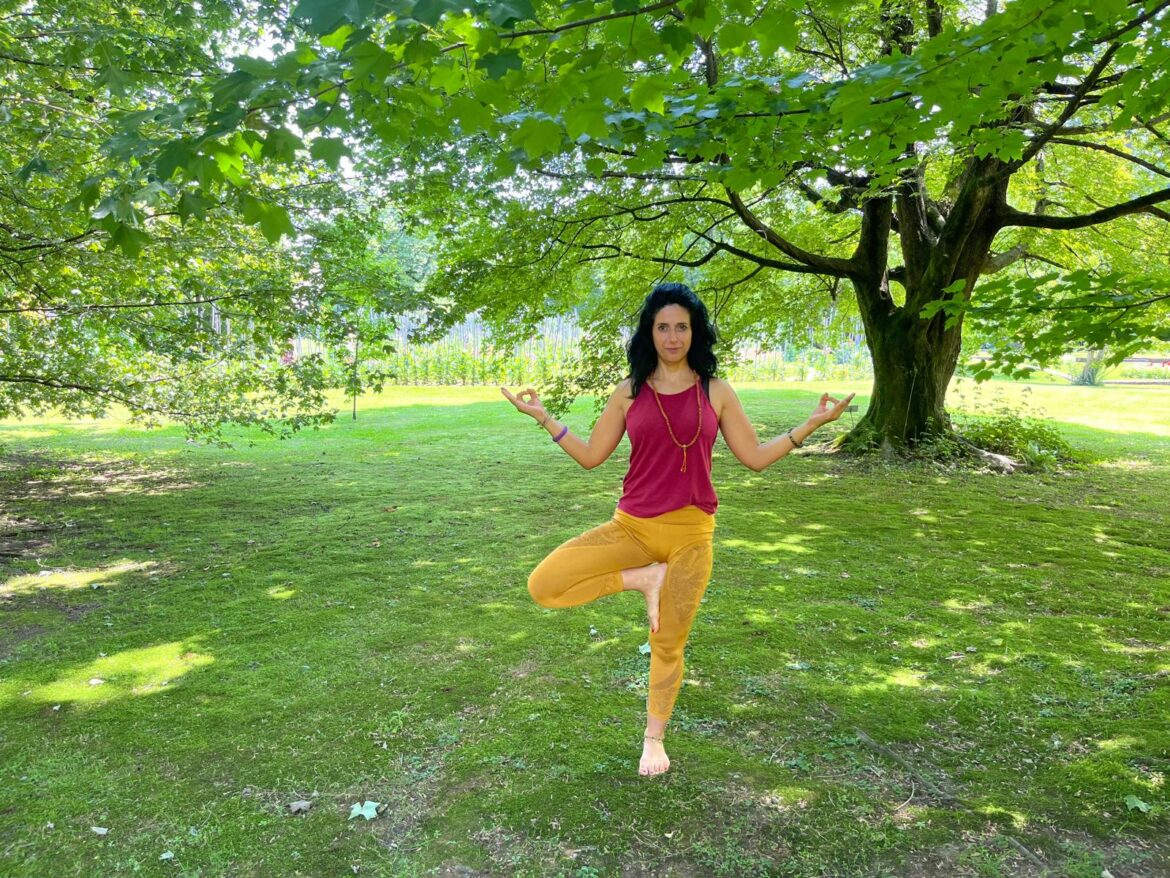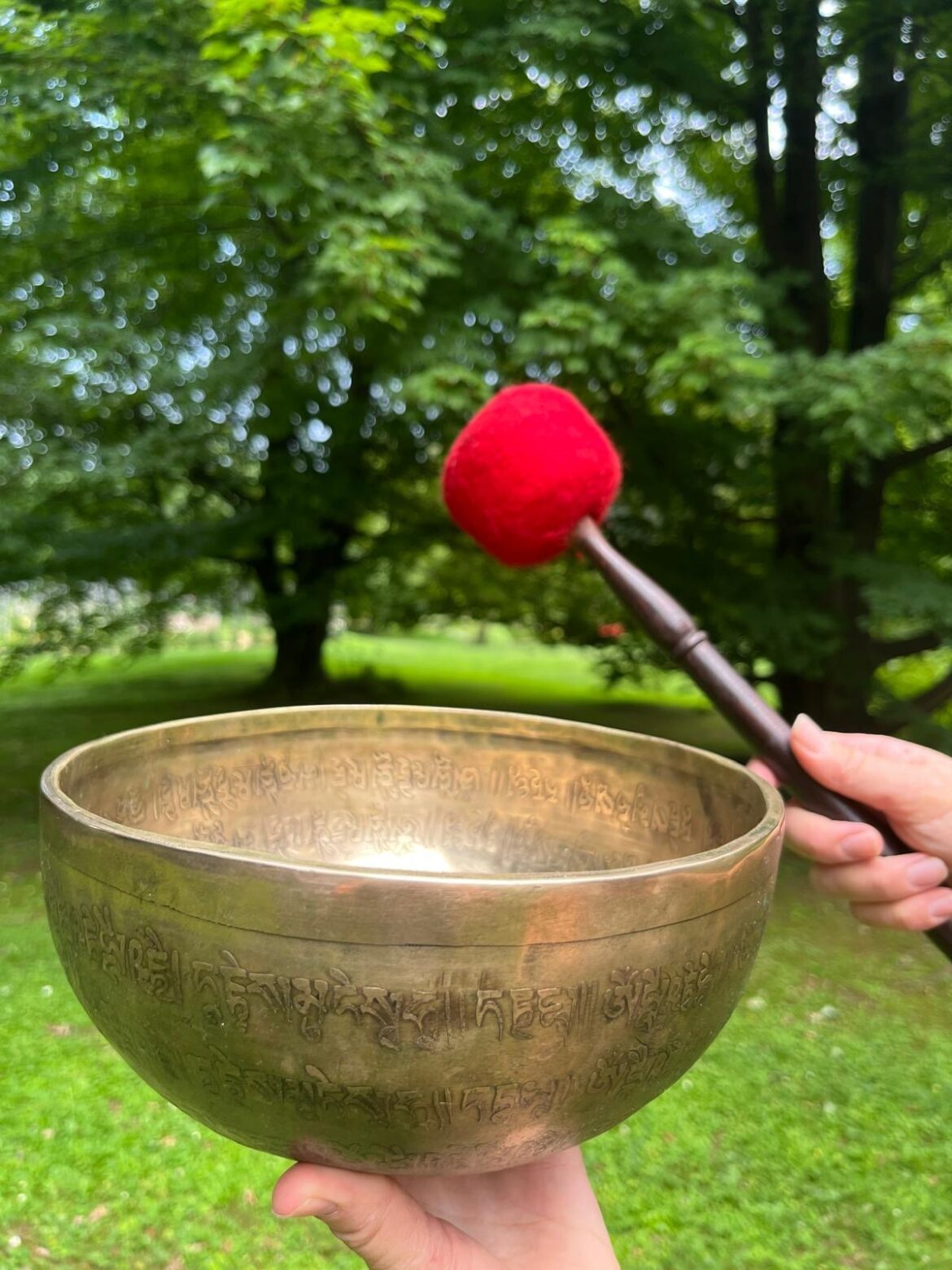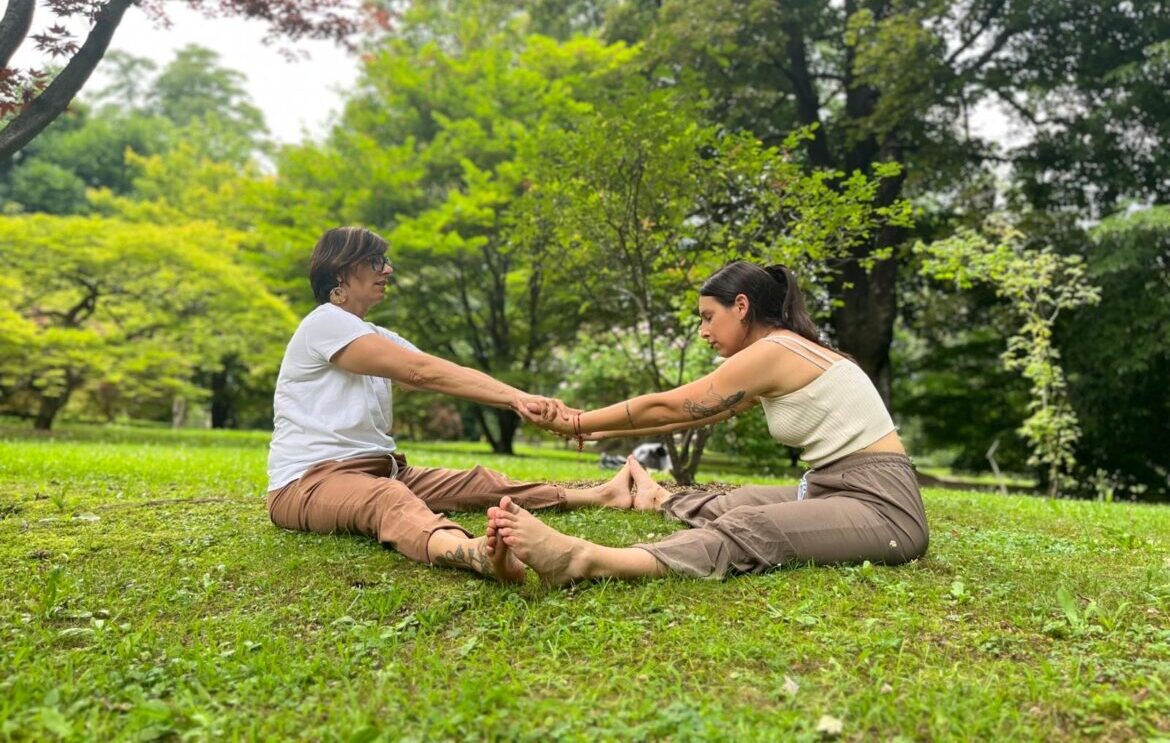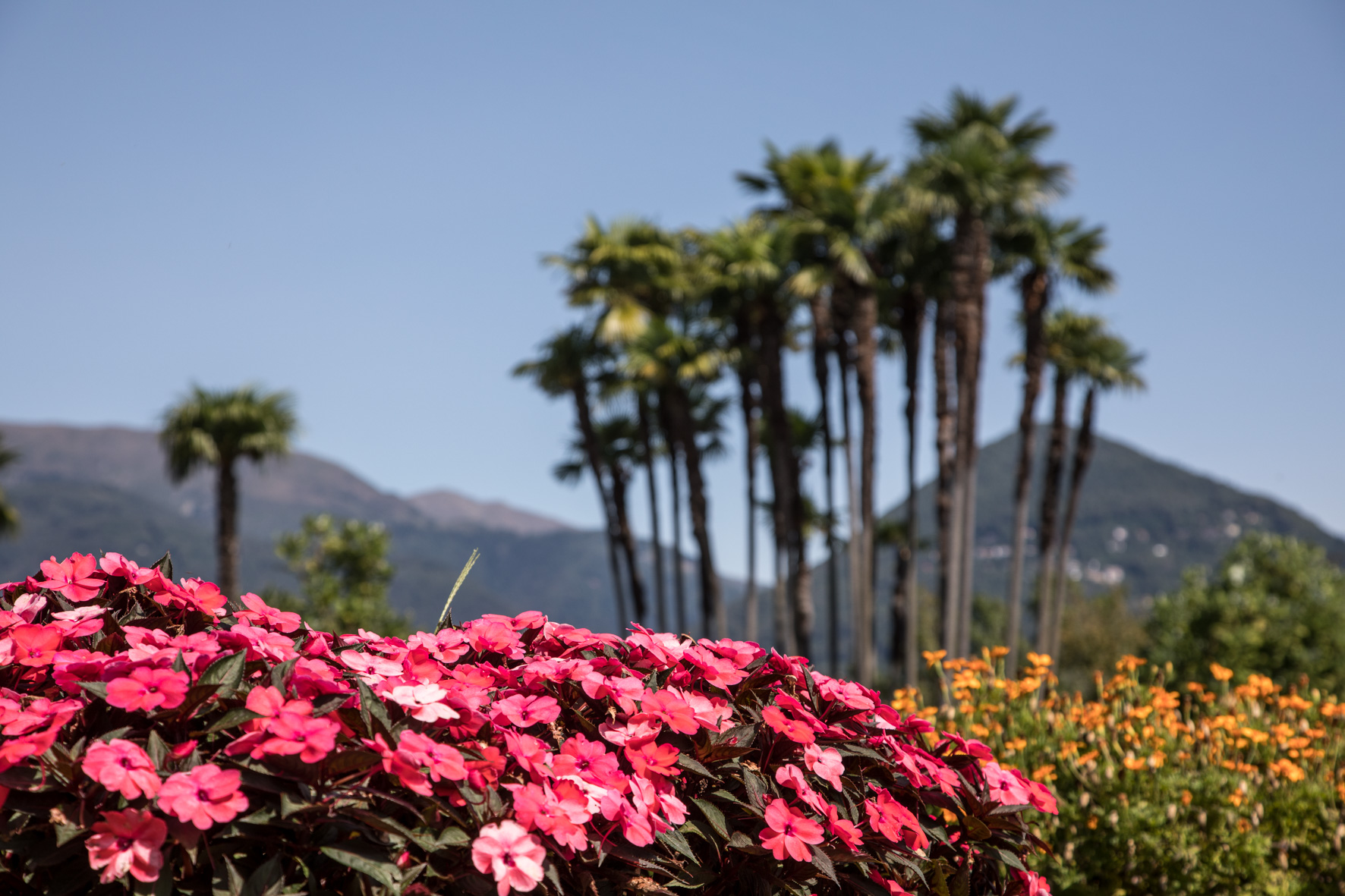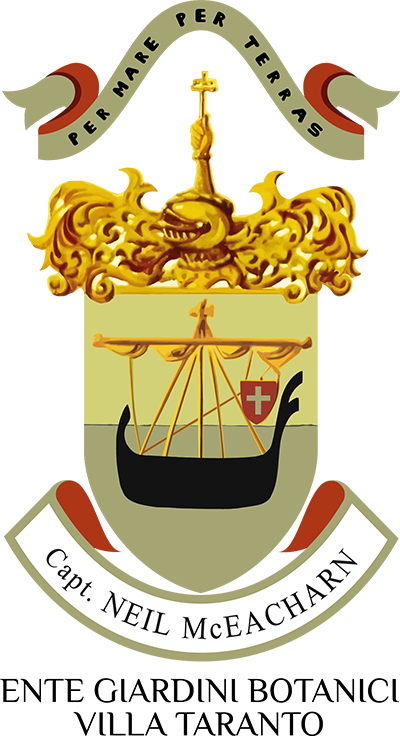Unique views and landscapes: explore every corner of the gardens
Every corner of Villa Taranto tells a story of nature, colours and extraordinary scents. From the greenhouses with exotic plants to the flower-filled avenues, from the water features to enchanting views of Lake Maggiore, let yourself be guided in the discovery of a botanical heritage unique in the world. Discover the wonders that make this garden a true botanical masterpiece.
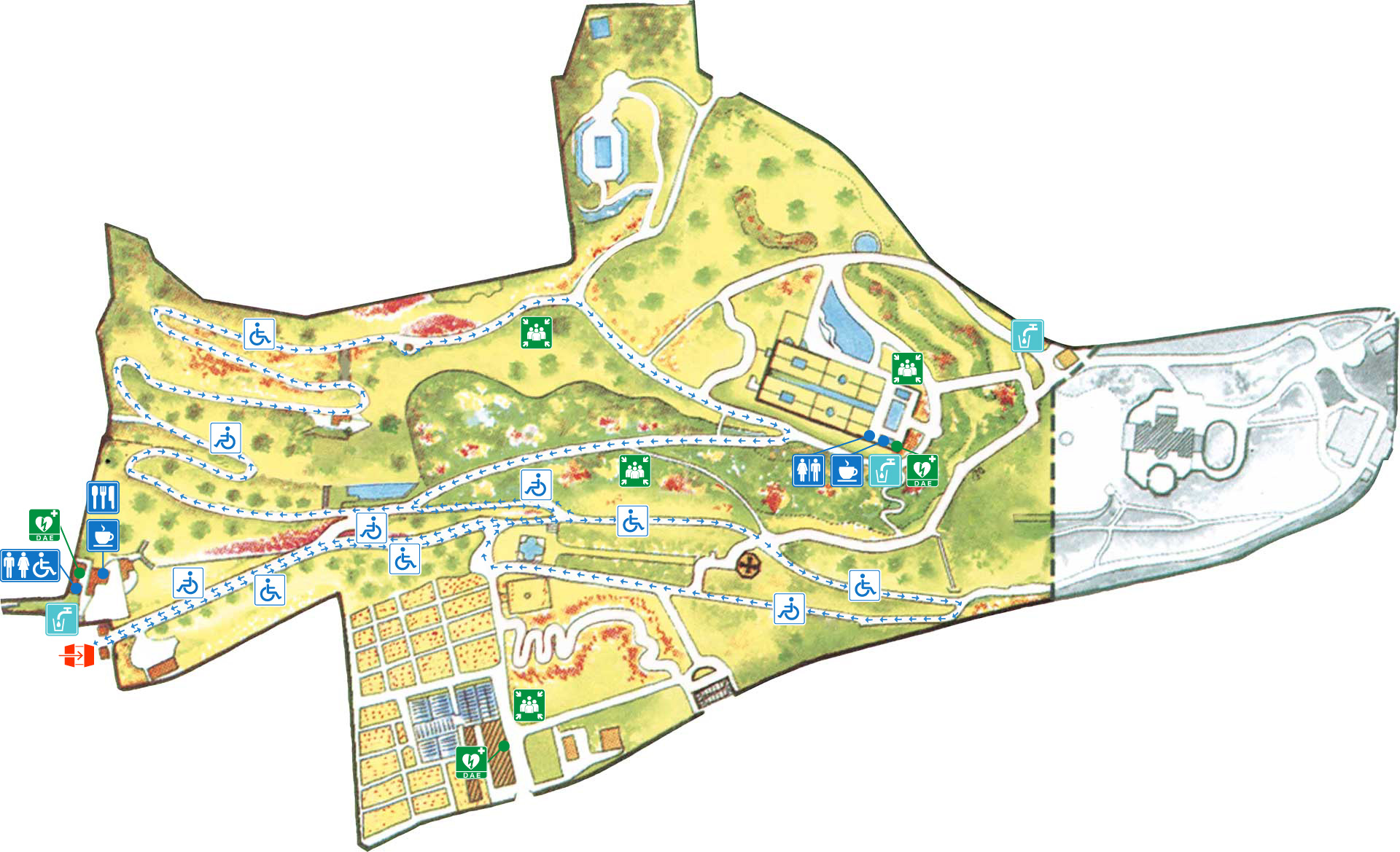
PUTTI FOUNTAIN
TULIP/DAHALIA MAZE
VICTORIA GREENHOUSE AND VERTICAL GARDENS
MAUSOLEUM CHAPEL
OLD CHESTNUT TREE
VIEW OF THE VILLA - SEAT OF THE PREFECTURE OF V.C.O.
VALLEY AND BRIDGE
TERRACED GARDENS
PERSONALITY LAWN
FISCHERMAN
CACTUS PLANTS
RHODODENDRON WOOD
RHODODENDRON WOOD
RHODODENDRON WOOD
LOTUS POND
WATERLILY POND
WATERLILY POND
WATERLILY POND
AREA PIC NIC
AREA PIC NIC
AREA PIC NIC
TULIP LABYRINTH
The Tulip Labyrinth is a captivating winding path about 400 meters long, which in early spring offers visitors an unparalleled experience: a riot of colours, shades and scents, thanks to the extraordinary variety of tulips in bloom.
The labyrinth features over 60 varieties with surprising shapes and shades: from single and double tulips to Triumph, Parrot, Fosteriana and Fringed… The spectacular blooms are not limited to the labyrinth, but can also be admired in different areas of the Garden, making every corner an experience to be discovered.
DAHLIA MAZE
From summer to autumn, the maze is ablaze with colourful Dahlias. Cultivars which are very different from each other include the spectacular Giant Flower, with blooms that reach 25 cm in diameter and heights of over 2 meters, to the more delicate Small Flower, about 40 cm tall with 15 cm blossoms.
Among the most fascinating varieties are the Pompon, the (Semi) Cactus, Decorative Dwarfs, the Waterlily, the Bali and many others, which vary from year to year to offer always new colours and surprising compositions. Each season, the garden hosts over 1,300 plants and 170 cultivars selected to amaze and enchant visitors.
VICTORIA GREENHOUSE AND VERTICAL GARDEN
Victoria Cruziana (Santa Cruz Water Lily), native to Paraguay – Argentina. Among the tropical and subtropical plants, this one is grown in a greenhouse. The enormous equatorial water lily is the “queen” of aquatic plants, whose seeds arrived at Villa Taranto in 1956 from the Stockholm Botanic Garden. It is visible to the public from 15 June to late October. The lily pads are almost two metres in diameter and can support a weight of about 10 kilograms. In the greenhouse, visitors can also admire the Vertical Garden, a structure where different species of climbers are grown and alternate in colouring the wall throughout the year.
CHAPEL-MAUSOLEUM
Designed by Professor Renato Bonazzi and built in 1965 to fulfil the wish of the deceased to be laid to rest in the garden that was his “reason for living”. The beautiful polychrome stained glass windows by Paolo Rivetta depict flowers and an image of St. Anthony of Padua, to whom the chapel is dedicated.
CENTURIES-OLD CHESTNUT TREE
Near the rhododendron valley there is an ancient chestnut tree over 400 years old, having been planted in 1600, making it the oldest tree in the park. It was standing there majestically long before the Captain created the villa gardens.
This green giant stands on the promontory to which it gives its name, Castagnola, and acts almost as a lookout with its candelabra-like shape. Of particular interest is the rhododendron that grows between the main branches.
VIEW OF THE VILLA – V.C.O. PREFECTURE HEADQUARTERS
Purchased in 1931 following an advertisement in The Times. The style is inspired by Normandy architecture and was built in 1853 by Ticino architect, Augusto Guidini. The soft English lawn in front is ornamented with a sparkling fountain. The villa cannot be visited and since 1995 it has been the seat of the Verbano – Cusio – Ossola Prefecture.
LA VALLETTA AND BRIDGE
La Valletta, a small valley, was built between the winters of 1938 and 1939, dug by one hundred men and without the aid of mechanical means. The excavation was done entirely by hand, modelling the ground and reshaping the sides with imposing granite blocks from Montorfano. It is spanned by a 35-metre-long single arch dry stone bridge which leads to the pergola from the lawn of the Villa. The creepers which cover it include Cesalpinia sepiaria, of Himalayan origin, and Cesalpinia vernalis, a native of Hong Kong, which bloom in the month of May, adorning the sides of the bridge with clusters of elegant yellow flowers and creating a spectacular effect.
TERRACED GARDENS
Little waterfalls and water features alternate elegantly with flowerbeds of annual plants which are renewed twice a year. This constant rotation gives the landscape a continuous change of shapes, colours and scents, in harmony with the cycle of the seasons, while beds of roses create a spectacular frame.
The water that feeds the canals and fountains comes directly from Lake Maggiore by way of an ingenious system built in 1934. A system of pumps conveys it to a tank located in the highest part of the Gardens, from which it is distributed by natural gravity throughout the park. Standing in this setting is the evocative bronze statue of the “Pescatorello”, a copy of the masterpiece by Neapolitan sculptor Vincenzo Gemito, which adds an artistic touch to the already rich landscape.
IL PESCATORELLO / THE FISHERMAN
Bronze statue of the Fisherman, a copy of the original by Neapolitan sculptor Vincenzo Gemito (1852-1929), which gives an artistic touch to the already rich landscape. It is also present in the courtyard of the Bargello National Museum in Florence, while the wax copy is in Naples.
PERSONALITIES LAWN
It was the Captain’s custom to invite his illustrious guests, ambassadors and prominent political figures such as Margaret Thatcher, Konrad Adenauer, Giulio Andreotti and Aldo Moro, to mark each visit by planting a different tree. One of these is a wonderful specimen of Davidia involucrata, the elegant handkerchief tree or “dove tree”, a native of China, with its curious, showy inflorescences, large white floral bracts fluttering in the wind, which look like handkerchiefs. It was planted in 1938 by the Infante Don Jaime of Spain.
It has now reached such dimensions and such a characteristic shape, with its lower branches like open arms, that it is a source of interest even in the absence of the spectacular blooms, so much so that it deserves a place in the register of monumental trees of the Piedmont Region.
Then there is the Cephalotaxus harringtoniana planted by Adenauer in 1956, the Magnolia “kewensis” planted by Margaret Thatcher in 1988 and the rhododendron dedicated to Aldo Moro. The last plant planted in 2024 is a Quercus myrsinifolia, dedicated to the victims of COVID.
WATERLILY PONDS
The Villa Taranto Botanical Gardens contain four ponds featuring rustic water lilies and other aquatic plants, each with specific characteristics linked to its position and exposure.
Two ponds are situated at the sides of the former swimming pool, and during the summer they become a spectacular display of tropical lilies and the magnificent Victoria Cruziana (Santa Cruz Water Lily) cultivated and reproduced in the Gardens.
Other water lily blooms can be admired in the pond located at the end of the Valletta, near the second bridge, and in the large pond next to the big greenhouse in the upper part of the park, which represents one of the largest bodies of water in the entire estate.
SUCCULENTS
Starting in 2025, every year, the greenhouse manager’s collection of succulent plants will be open to visitors in the “Serrone” greenhouse located in the upper part of the Gardens.
From the end of April to October, numerous botanical species and genera from all over the world are on display, offering visitors a unique opportunity to discover unusual and fascinating specimens, often little known to the general public.
LOTUS POND
A sinuous pond houses the Nelumbo nucifera, the lotus flower, with its fleshy, scented pink petals. A sacred flower to Buddhists and a symbol of India, its leaves, with a diameter of about 50/60 cm., are impermeable to water and rise to a height of over a meter and a half in an oval pond.
TOURNIQUET AND BELVEDERE
The return journey to the exit is another opportunity to be amazed by the extraordinary botanical variety that characterizes the Villa Taranto Botanical Gardens. Along the way you will encounter species from all over the world, such as Magnolias, Dogwoods, Cercis, Prunus, the very rare Cupressus dupreziana, of which only about 230 specimens remain in the highlands of Tunisia, and the Abies cephalonica, originally from Greece.
The route also offers breathtaking panoramic views: from here you can admire the town of Verbania, with the Teatro Maggiore designed by Spanish architect Salvador Perez Arroyo, and Lake Maggiore, which extends to the border with Switzerland.
A pleasant stop is possible at the white house, in the shade of its spectacular wisteria, which offers moments of quiet and relaxation.
RHODODENDRON WOOD
The Rhododendron Wood extends along the sloping part of the Garden, connecting the terraced area to the path that leads to the chapel.
This evocative space is home to approximately 800 specimens of rhododendron species and cultivars, of various sizes, both trees and shrubs. Some of these magnificent specimens date back to the 1930s and include varieties introduced for the first time in Italy at Villa Taranto.
Among the most valued, there are also specimens from Captain Neil McEacharn’s father’s estate, located in Wigtownshire, Scotland, brought by him personally in the early years of the creation of the Garden.
Picnic Area: RABBIT LAWN
This area, located behind the large chestnut tree, is home to a collection of deciduous magnolias, which offer an enchanting spectacle in spring. Their flowering between late March and early April transforms the lawn into a carpet of scented petals.
Under the dense foliage of these magnolias is a welcoming picnic area, ideal for a break surrounded by nature. The relaxation area also extends beyond the Mausoleum, offering additional quiet spaces to fully enjoy your visit to the Gardens.
Another ideal area for a break is located near the Personalities Lawn, where there are comfortable seats in a green setting, perfect for relaxing and enjoying the peace and quiet of the garden.

